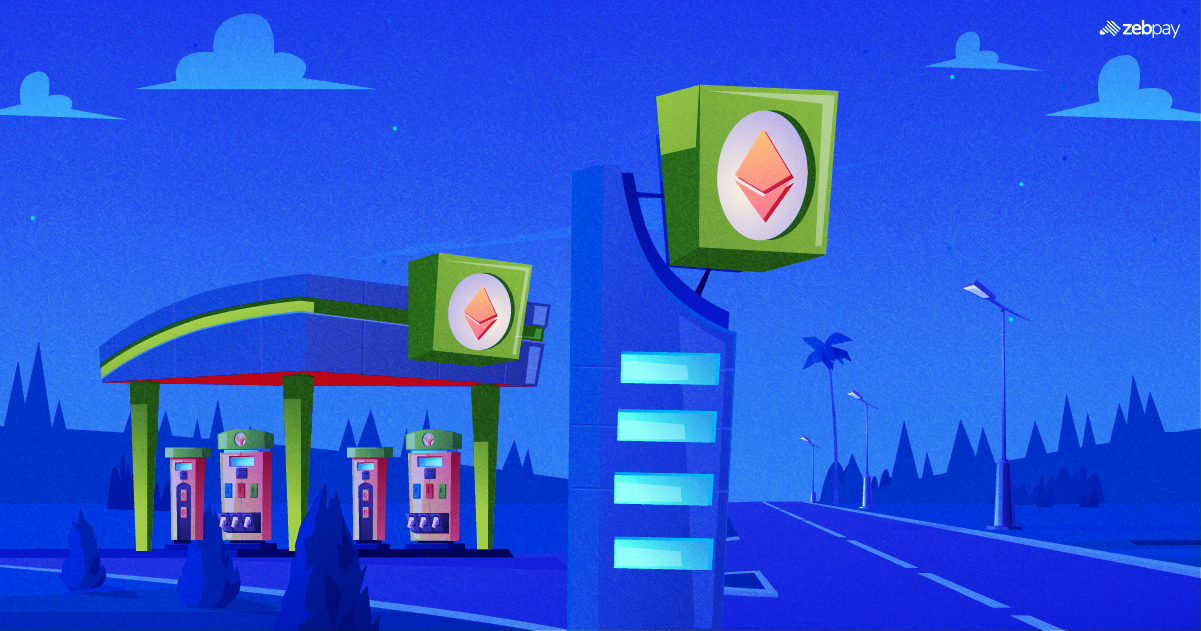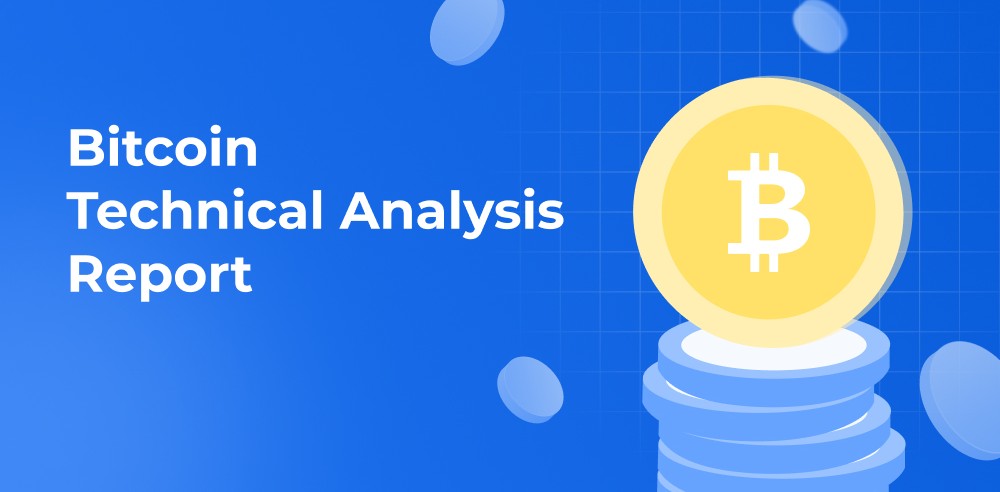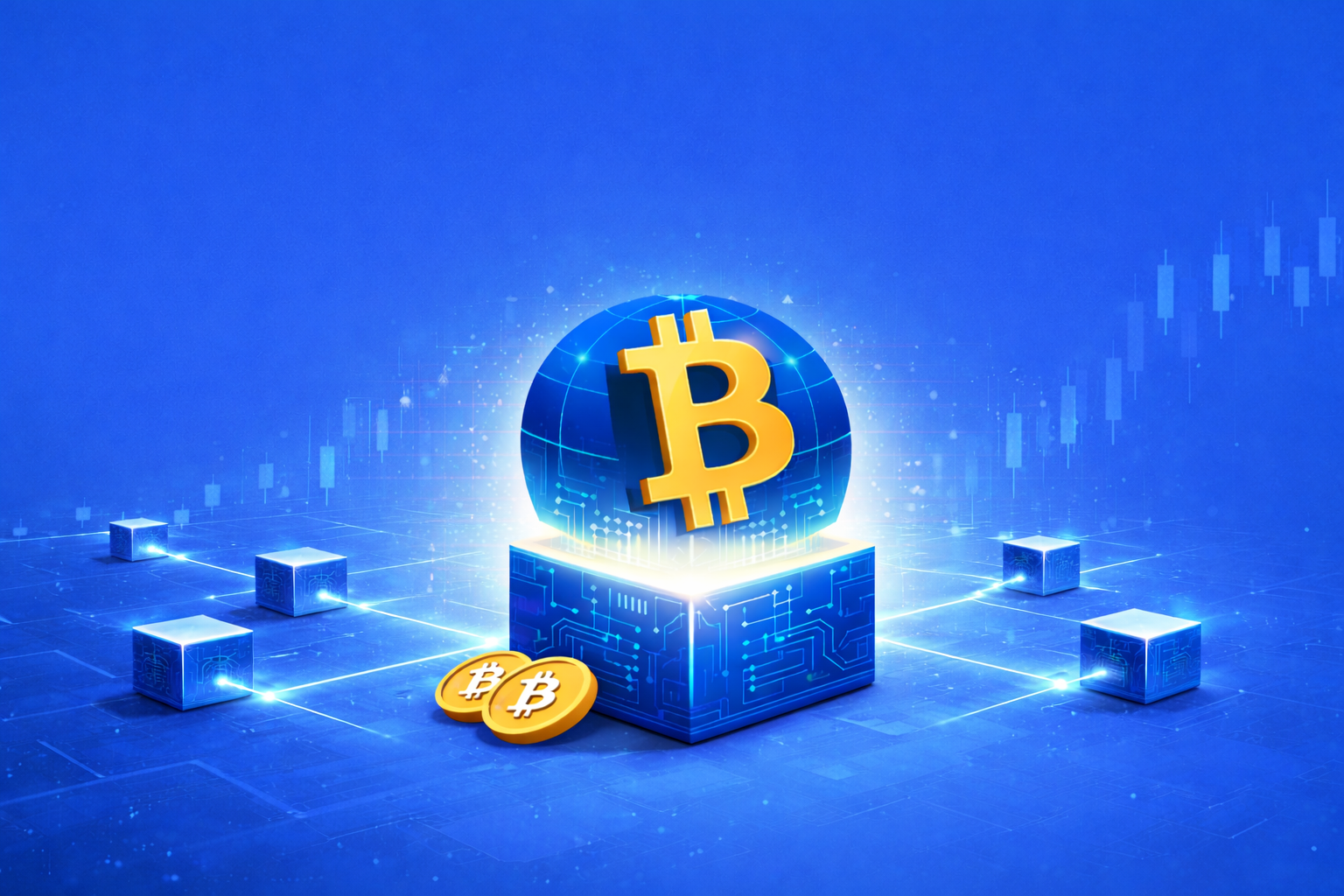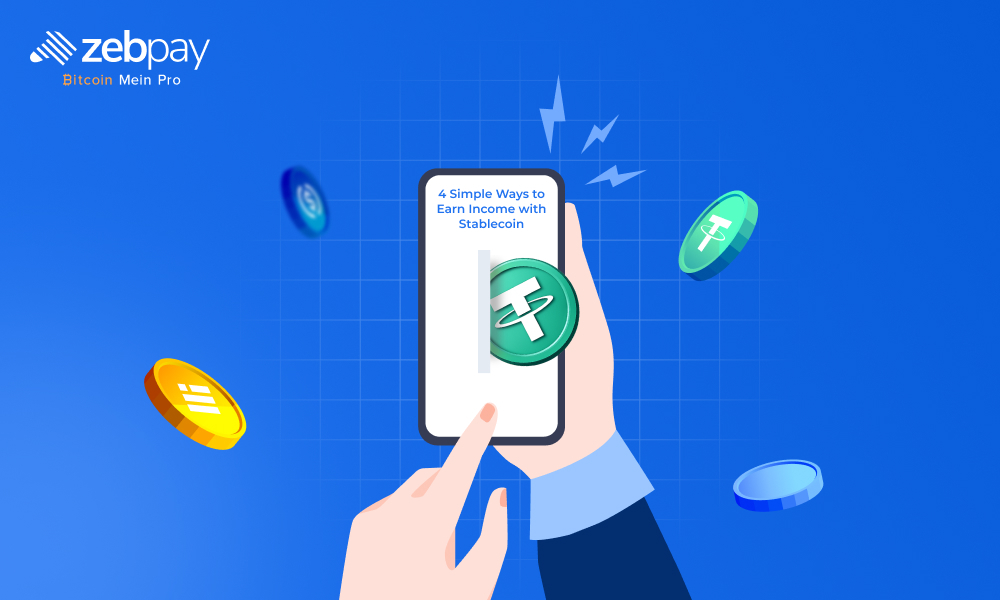Ethereum has been one of the most popular blockchains in the market ever since its release in 2015. Its unique features and smart contract implementation made it a hit, and most of the decentralised ecosystem now sits on top of Ethereum. But this has also brought one of Ethereum’s major features into the picture – Gas Fees. So what are gas fees and how is gas price determined?
Definition of Ethereum Gas Fees
“Gas” refers to the amount of ETH required to interact with the Ethereum network. The ETH gas fees are essentially the processing fees for your transaction. It is an additional amount you have to pay for the network to validate and confirm your transaction.
The Role of Gas Fees in the Ethereum Network
The Ethereum network is entirely decentralized, so there is no central authority to validate transactions. Instead, users known as “validators” stake their ETH tokens and run nodes on the network. These nodes process and verify transactions.
As payment for the services provided, these validators receive rewards in the form of gas fees. In essence, you are paying for your transaction to be verified and added to the blockchain by other users.
Factors that Influence the Cost of Gas Fees
Gas fees are determined based on the laws of supply and demand. So, factors like the number of transactions on the network, the number of validators and changes to transaction systems all affect the current gas fees of the network.
How Ethereum Gas Fees Work
Gas fees on the network are usually just a fraction of 1 ETH. To better represent these amounts, Ethererum uses a value known as “wei”. One quintillion – or 1,000,000,000,000,000,000 – wei is equal to 1 ETH. Since this is a very small number, gas fees typically use “gwei” or gigawei, which is 1 billion wei. You may frequently see gas fees listed as 30 gwei or 200 gwei.
The Relationship Between Gas Fees and Network Congestion
As mentioned above, gas prices are dependent on several factors that influence demand and supply. When the network is congested, it means the number of transactions is far greater than the amount the validators can handle. At such times, you have to pay exorbitant amounts in fees to get your transaction processed.
How to Calculate ETH Gas Price
There are three main elements of gas fees
- Gas Limit – This is the maximum amount you are willing to pay for your transaction to be processed. It is typically set to the average gas units on the network, but this can change depending on the size and type of transaction.
- Base Fee – This is a dynamically calculated minimum amount you must pay per gas unit to process any transaction. Many transactions will require more than this, but this forms the baseline for payments, regardless of their type.
- Priority Fee – This is also known as a tip on the network. Paying a higher priority fee means validators will be more incentivized to process your transaction before others. This fee is visible to the validator and will be received by them upon processing your transaction.
As an example, suppose the average Ethereum gas limit required to do a transaction is 1,000 gwei. The minimum fee is 5 gwei and you decide to add a tip of 2 gwei. The total fees in this case will be 1000 *(5+2) = 7,000 gwei. This is equivalent to 0.000007 ETH.
Tools for Estimating Gas Fees
There are many Ethereum gas fees calculators available online, such as Cryptoneur’s gas fees calculator. Other useful tools include ETH gas station and Etherscan.io
How to Reduce Ethereum Gas Fees?
Optimizing Contract Code to Reduce Gas Consumption
This tip is relevant for decentralized application (dApp) developers on Ethereum. Optimizing how your smart contracts execute can help your application use less gas. This means savings for your users and higher speeds on the network.
Using Off-Chain Transactions
Sometimes, using Ethereum is just too slow and expensive to be efficient. This is why off-chain solutions like Layer 2 scaling blockchains and sidechains exist. You can use L2s like Arbitrum or sidechains like Polygon to complete your transactions much faster and cheaper than on the main network.
Choosing a Wallet With Low Gas Fees
While a wallet does not directly affect how much fees you pay, it can offer you tools to help reduce the amount. Some wallets offer real-time updates on the gas fees of the network, which ensures you do not pay more than you wish to.
Taking Advantage of Gas Fee Discounts and Promotions
Some dApps offer rebates and discount codes when they launch new features or a platform. This helps you use the platform without paying as much for it.
The Future of Ethereum Gas Fees
Potential Developments in Ethereum’s Scalability and Gas Fee Structure
Ethereum recently completed its ETH 2.0 upgrade, which shifted it from Proof of Work to Proof of Stake validation. This meant a shift in the gas fees from mining rewards to staking rewards. Future upgrades are intended to improve the platform’s speed and scalability. This will also decrease gas fees as the network can handle more transactions.
Read more: Proof of Work vs Proof of Stake
Expert Opinions on the Future of Ethereum Gas Fees
Many platforms such as Moonpay believe that Ethereum’s upgrades are key to improving the gas fee situation on the network. Another possibility is the growth of layer 2 and sidechain solutions, which reduce the dependency on Ethereum’s main network and its fees.
Potential Impacts on Ethereum Users and Developers
Lower gas fees will surely lead to more users and developers flocking to the platform. It is currently one of the biggest hurdles to greater adoption of the technology.
Conclusion
Understanding what is ETH gas fees is one of the most important things to do before using the network. These fees can be extremely expensive if you don’t pay attention to them. However, the future looks promising, with many upgrades planned to increase Ethereum’s capacity to handle transactions, which will reduce gas fees for all users.
You can learn more about Ethereum on ZebPay blogs. Begin your crypto trading journey today on ZebPay.
FAQs on What are Ethereum Gas Fees
Ethereum Gas Fees Future Outlook
The future will bring with it many upgrades to the base Ethereum network. Each of them plans to address a different aspect of the network’s scalability. This will invariably reduce the gas fee significantly. Thus, the future is bright for lower gas fees.
Who Gets the Gas Fees On Ethereum?
Since gas is like the processing fee of a transaction, it is received by the validators of the network. In this case, these are the “stakers” on Ethereum’s platform.
How to Get Free Gas Fee for ETH?
Unfortunately, you cannot get free gas fees on ETH. However, you can mint new NFTs without paying gas fees through a process known as “lazy minting”.
With Ethereum 2.0 Reduce Gas Fees?
Moving from Proof of Work to Proof of Stake makes a network more efficient and cost-effective. In the long run, ETH 2.0 is expected to reduce gas fees on the network.
What Happens If You Don’t Pay Enough ETH Gas
If you do not pay enough for gas, your transaction is cancelled. However, the validator still receives the gas amount you paid. This is to prevent attackers from flooding the network with transactions but not paying enough gas for validation.
When Are ETH Gas Fees Lowest?
As you may expect, gas fees are lowest when the network demand is also lowest. Thus, avoid times when popular new NFT collections or dApps are launched to have lower gas fees.







